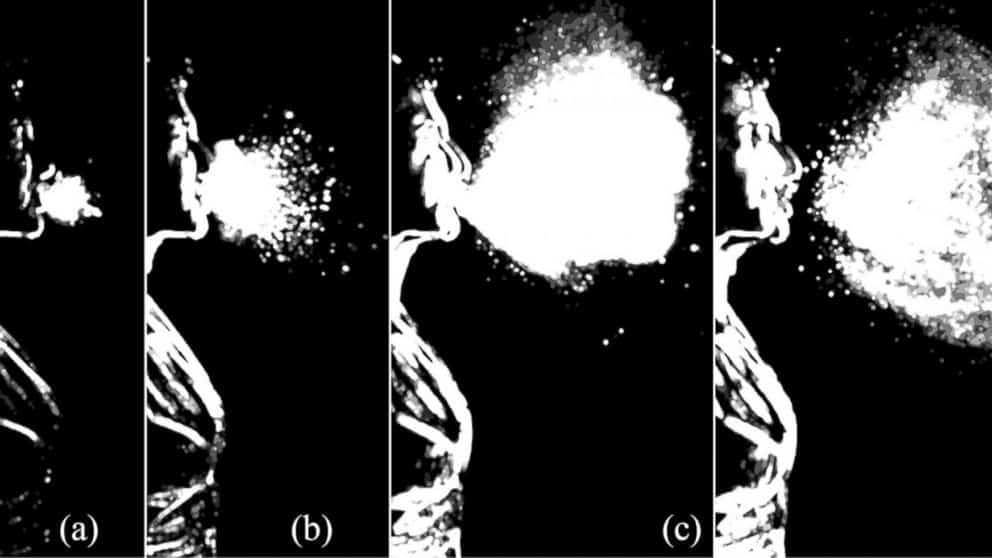As more information arrives about the Coronavirus, researchers point more and more to airborne particles and aerosols as the mechanism of spread. Photographic images of a sneeze, such as this one from Lydia Bourouiba at MIT (source here), have been seen by many.
It turns out that the aerosols and particles in a sneeze can travel nearly 30 feet, and remain airborne -and infectious -for more than a minute. Ordinary exhalations can produce similar, though smaller, clouds. Hence the intense interest in providing citizens with masks.This discovery harks back, ironically, to John Snow and the dawn of epidemiology. When Snow analyzed location data for London cholera victims in 1855 and deduced that contaminated well water was the cause, the prevailing theory that he debunked was the so-called “miasma” theory. “Miasma” refers to air that is believed to be foul and disease-causing, and the miasma theory of disease held that bad air was the primary agent of spreading disease. Miasma was believed to be produced in swamps and tropical lowlands; the link between yellow fever and malaria and and mosquitoes was not established until the late 1800’s. In ancient times, Chinese authorities would exile troublemakers to the southern lowlands where, it was felt, miasma-borne disease would serve as punishment.When the germ-theory of disease took root, the general idea of bad air -miasma -was discredited. Still, germs can travel through air, and recent research suggests that you don’t need to be in the path of a sneeze to catch them. Researchersin Wuhan used aerosol traps and found floating Coronavirus genetic material in hospital air (interestingly -not in patient wards, but in meeting rooms, toilets, and staff changing rooms).
